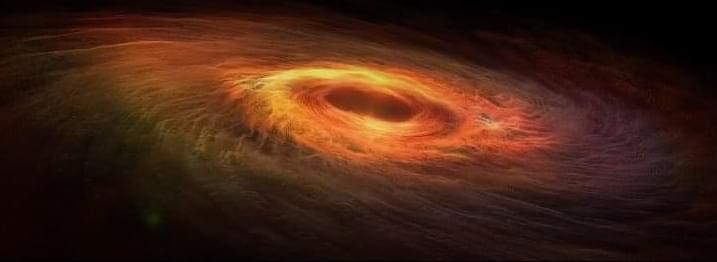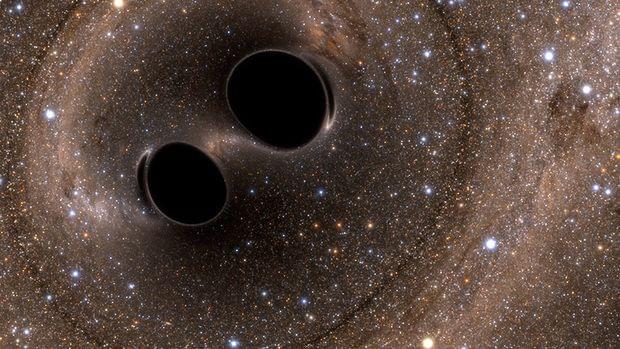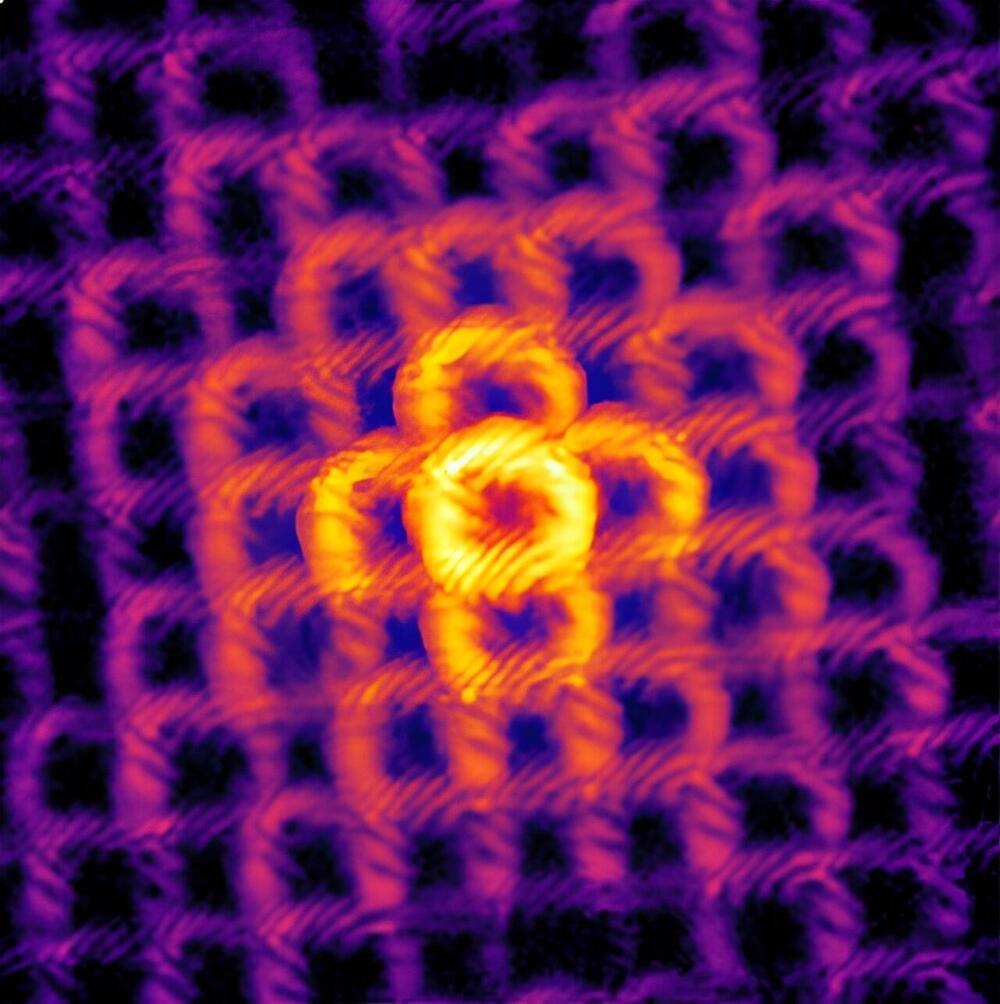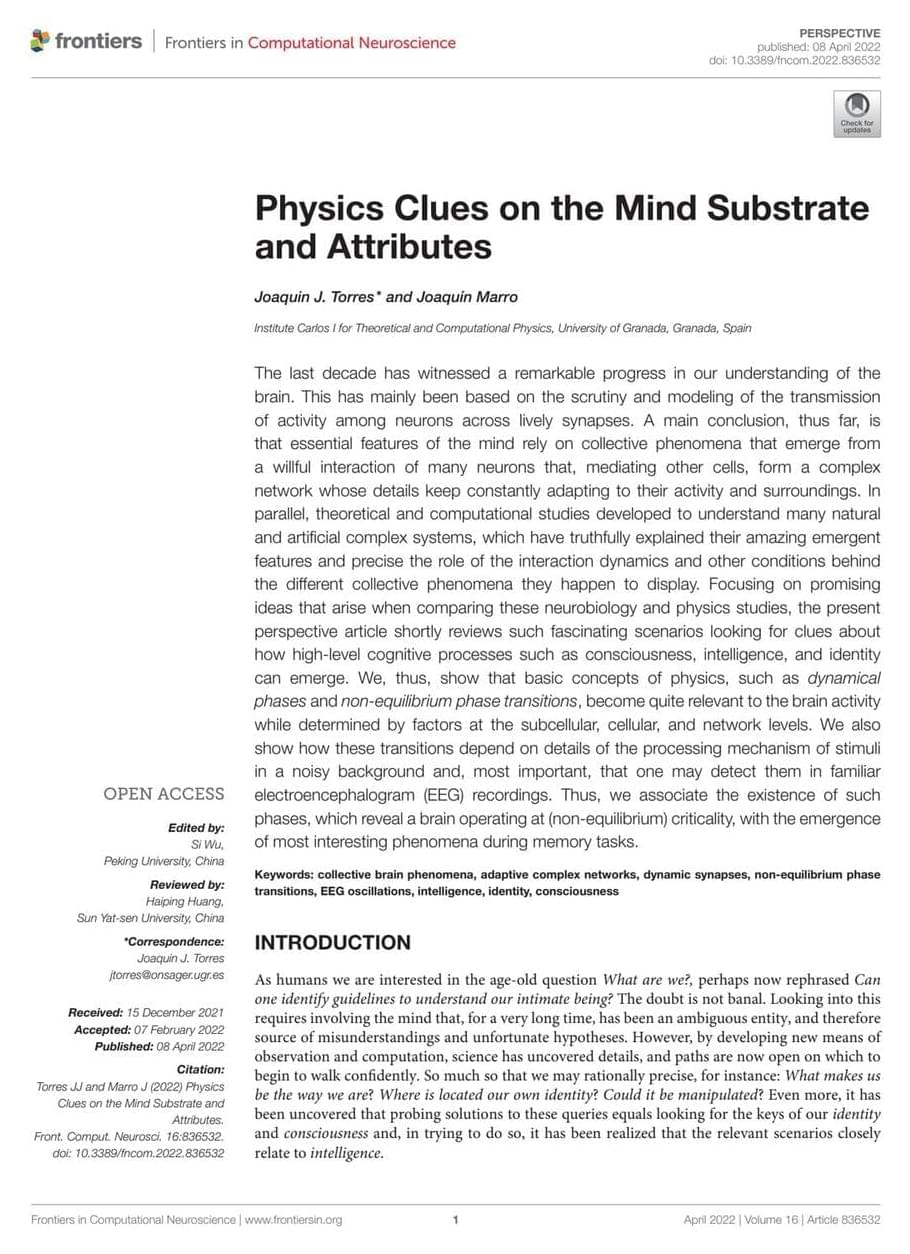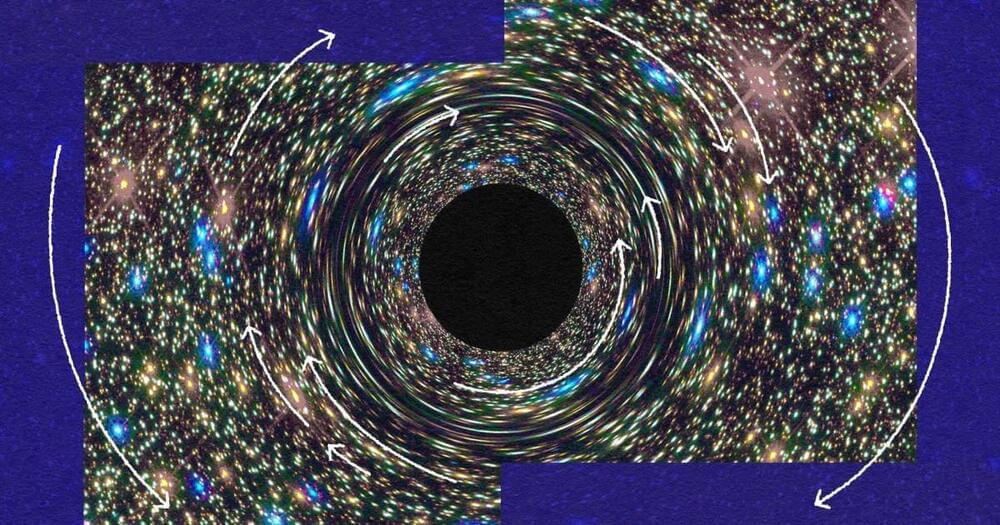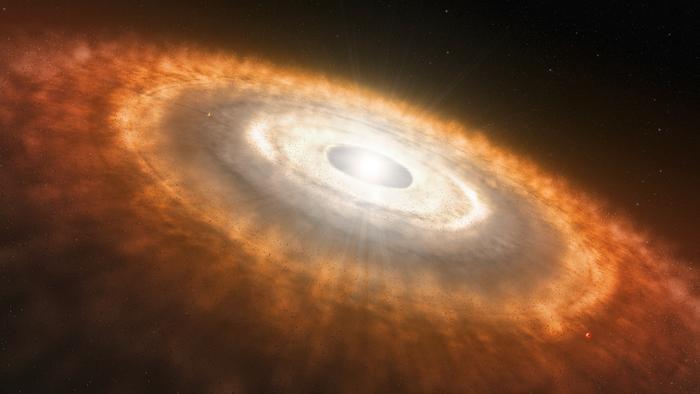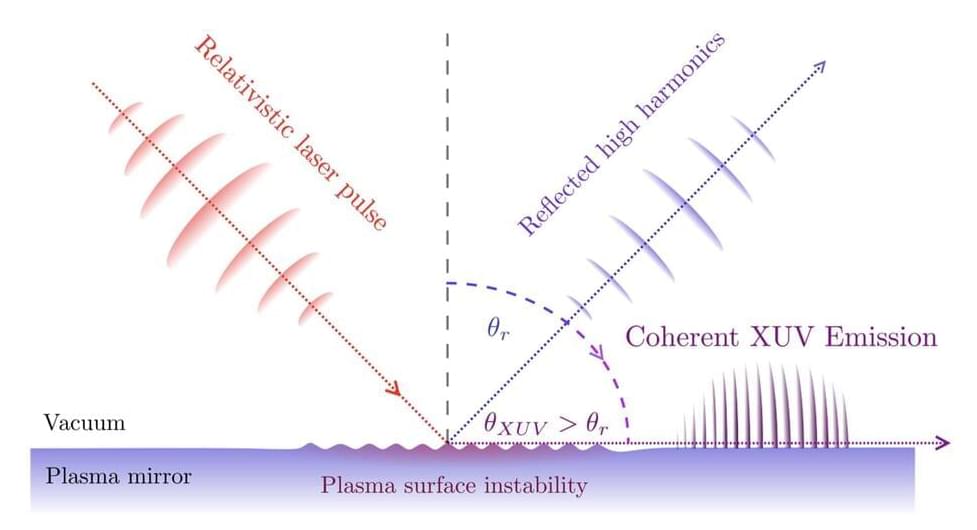Dec 8, 2023
Crisis in Cosmology: New Study Exacerbates Expansion Rate Disagreement
Posted by Chris Smedley in categories: cosmology, physics
The current measurements of the expansion rate of the universe are in disagreement, leading to a crisis in cosmology and the need for renewed research efforts into new physics and a new model of the universe.
Questions to inspire discussion.
Continue reading “Crisis in Cosmology: New Study Exacerbates Expansion Rate Disagreement” »

